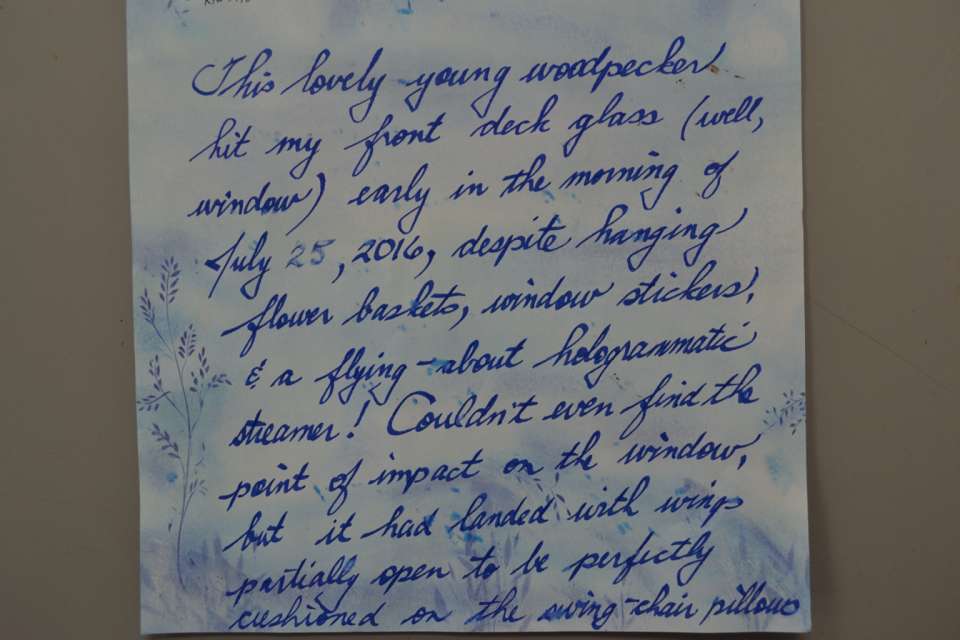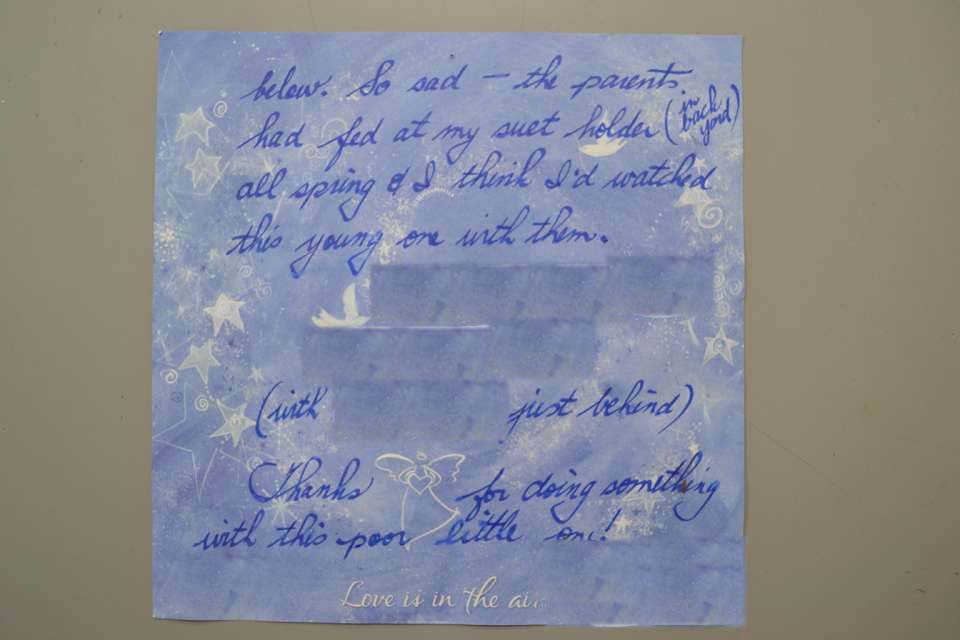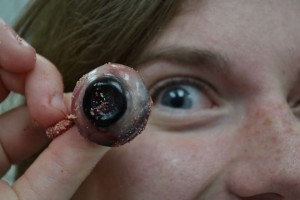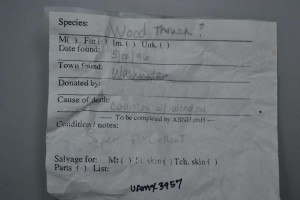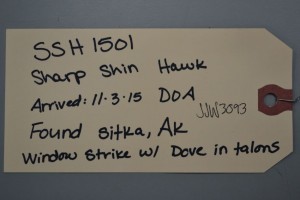A recent paper in Zootaxa by Rouhan and colleagues (here, though paywalled) advocates that collections make such important contributions to published science that they should be recognized as coauthors. The paper is entitled “The time has come for Natural History Collections to claim co-authorship of research articles.” When I began reading their article, I was opposed to the idea. I give credit to the authors, though, for by the time I was finished, I was at least open to the concept. Importantly, they are not advocating for individual museum staff to be coauthors, but rather that an institution or group name for the collection should be used. That was a key distinction for me: I would not want to see collections’ contributions get confused with those of their associated staff. From another perspective, however, when I write a paper that uses many different collections, I would not want to appear as a scientific minion among a small forest of institutions that I happened to use in pursuing my questions. (Imagine the institution shopping that human authors would use!)
The problem Rouhan et al. (2017) are addressing is that museum collections make huge contributions to published science, but those contributions are often unrecognized and difficult to track. Here at the University of Alaska Museum Bird Collection we’ve attempted to solve this in a different way (here), in which we keep track of publications that used our collection in a Google Scholar profile (we published on this here). We were careful not to use the term “author,” however (e.g.,“as if the collection were an author”), and we do not advocate a change to that status for collections. We believe our method serves the purpose quite well without unduly abusing the already contentious issue of authorship.
That said, I do think that museum staff should be authors more often on projects when they make substantial contributions, and that this would happen more often with careful consideration of widely accepted authorship criteria (e.g., here).
But as I noted, my mind is open to the concept of collections as authors if a consensus were to develop that these other two solutions under the present framework were inadequate. It is very uncommon to see institutions or consortia listed as authors, although it is becoming more common in large-scale genomics research.

